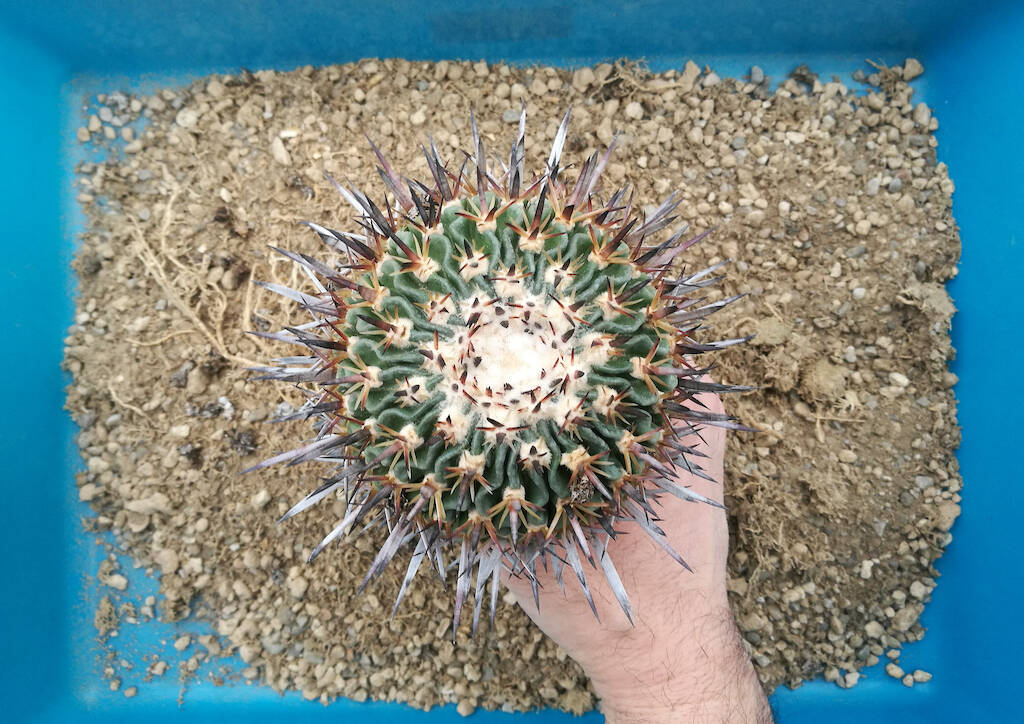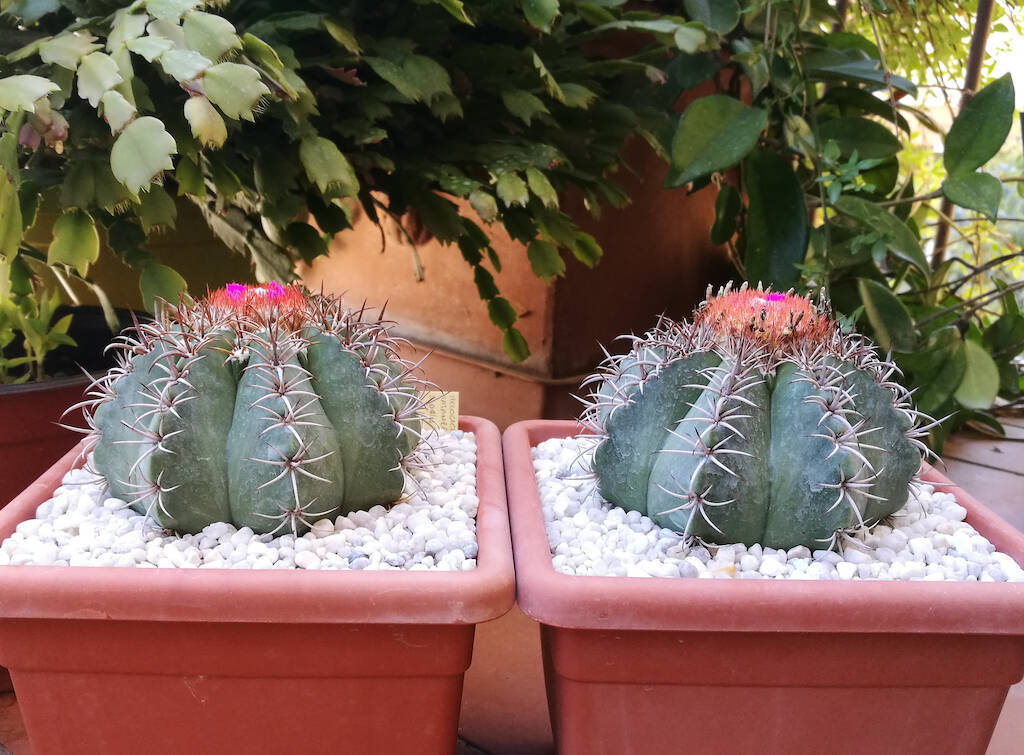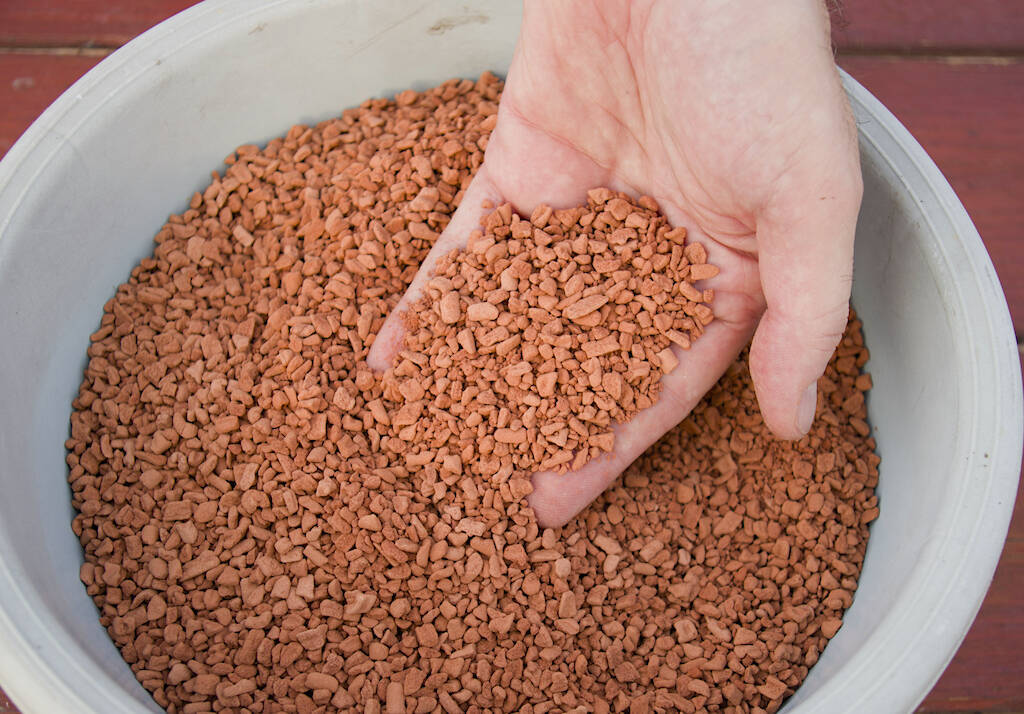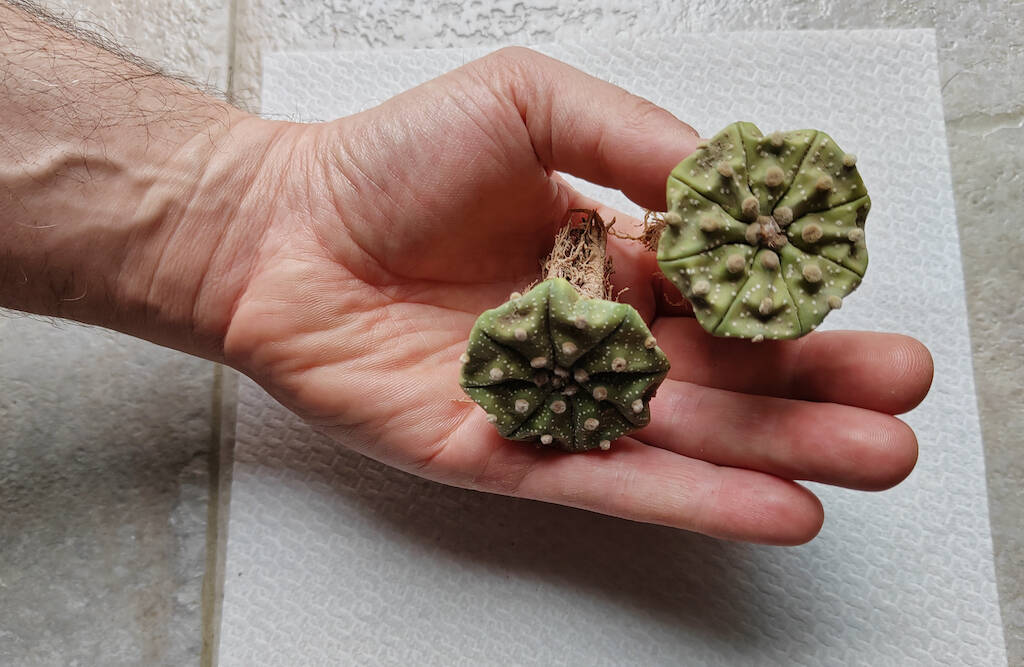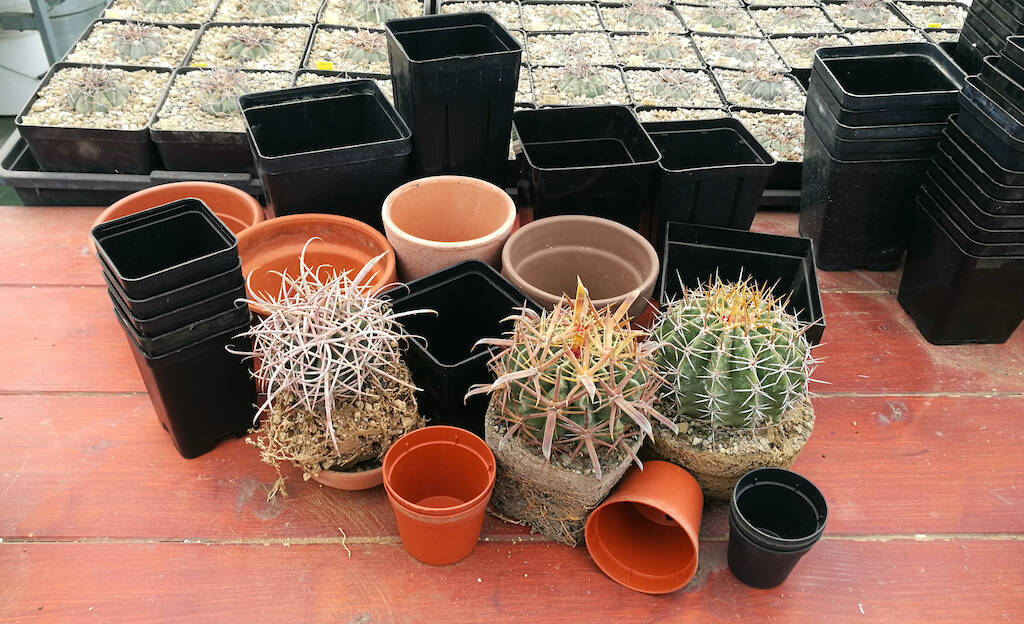Anyone who has been cultivating succulent plants for a long time – whether they are cacti or other succulents such as Crassula, Euphorbia, etc. – knows well what should be done after transplanting, and he certainly knows that these plants should not be watered immediately at the end of this operation. However, there is repotting and repotting: there is the “invasive” one and the one that involves simply moving a plant from one pot to another. There is repotting which involves total cleaning of the roots and that which involves only a superficial cleaning of the old soil. In short, there are many situations and one can proceed in various ways. However, there are some fixed points and they must be respected if we want to avoid the risk that following this operation the plant will go into stress or, in the worst case, die following a rot that started right from the roots.
This is why this article, certainly useful to the novice, can prove equally useful to the long-term grower. In fact, here we will see the various types of possible repotting, the precautions to use and, above all, what to do (not only from the point of view of watering) once the repotting of a succulent is finished. (…)
Per proseguire nella lettura dell'articolo Accedi o Abbonati
To continue reading the article LogIn or Subscribe


